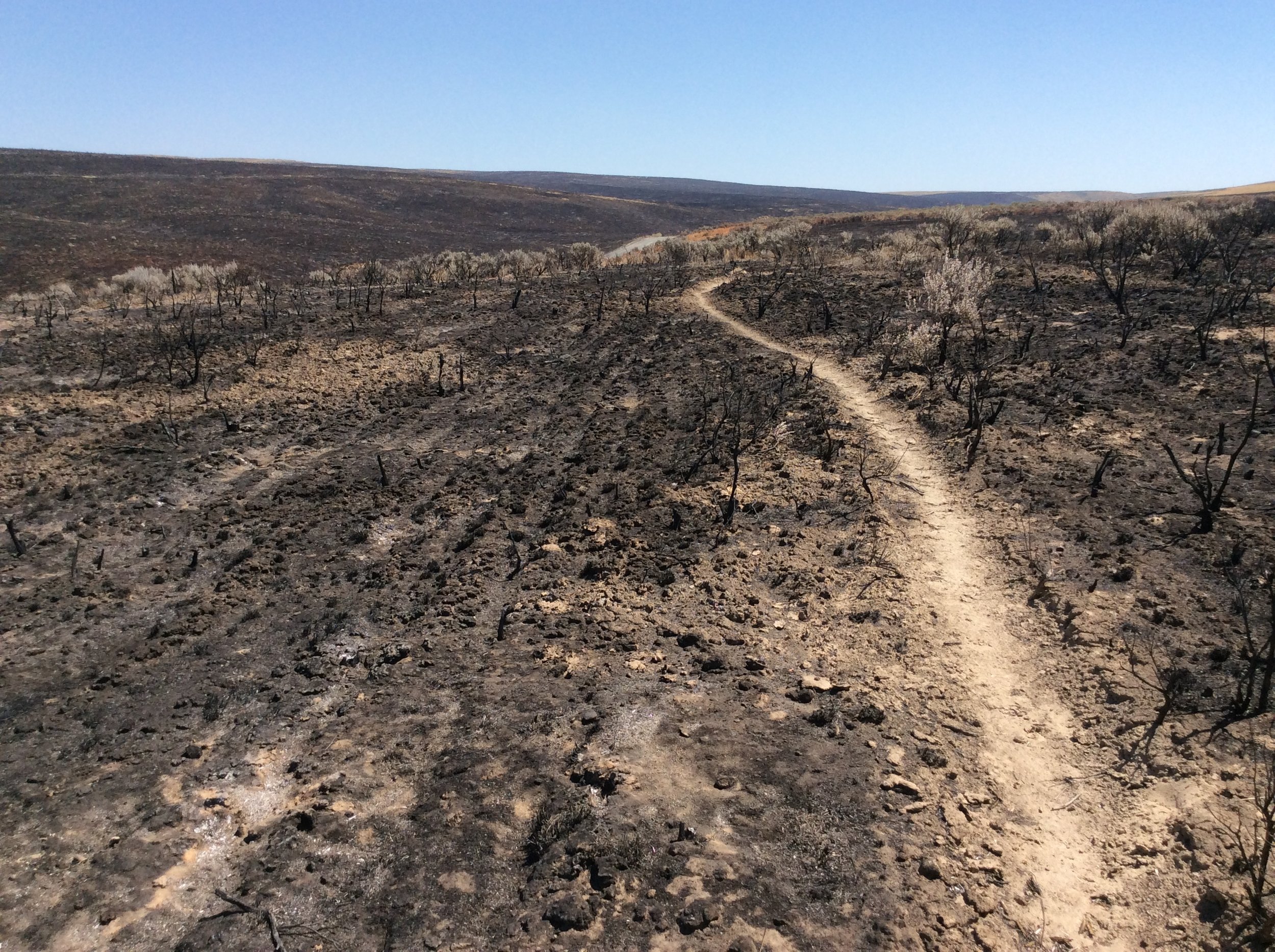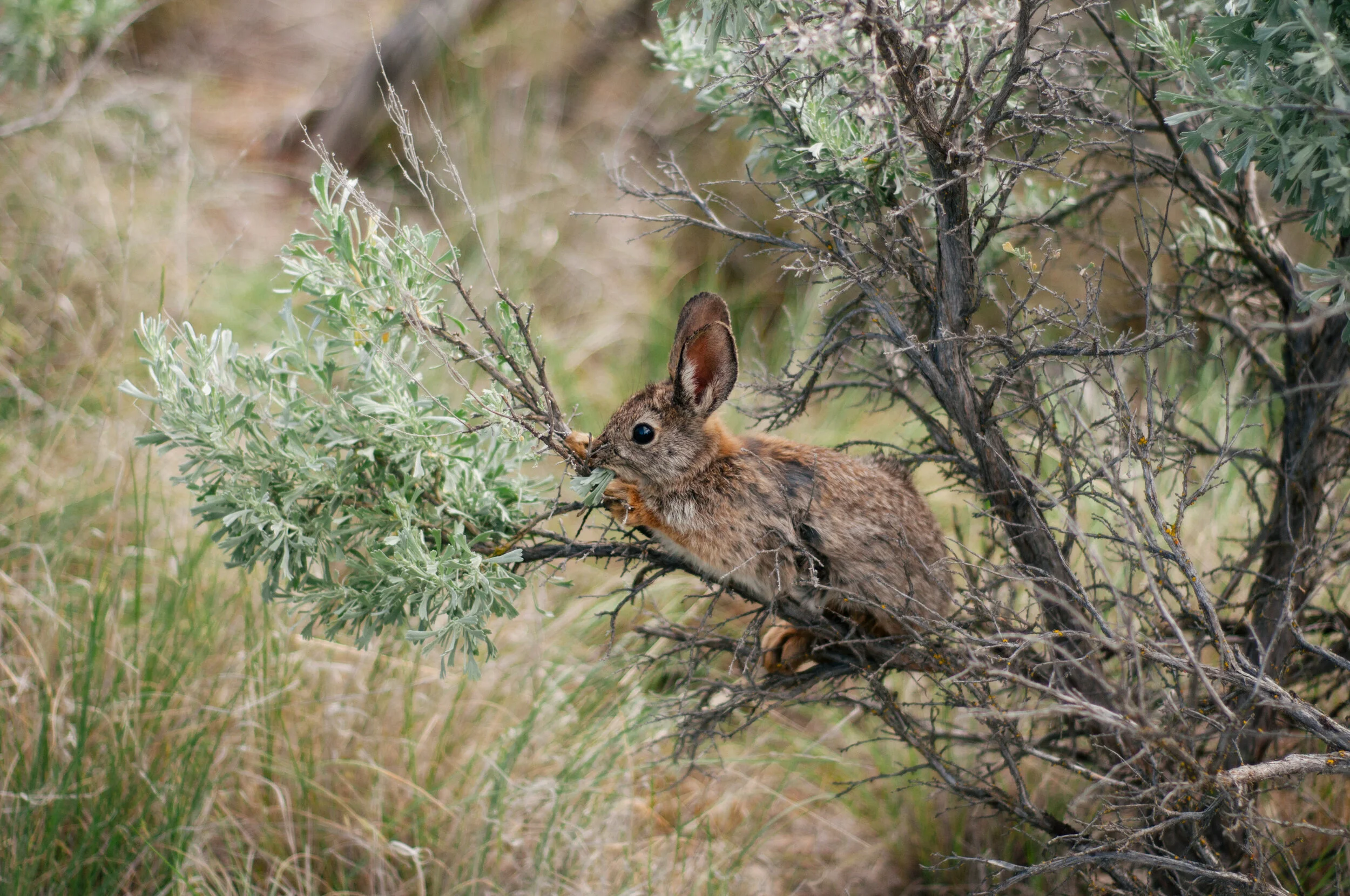By Nick Altadonna, Eastern Washington Stewardship Coordinator
As spring continues to bloom across Washington, we are on the cusp of a seasonal migration that rivals the grandest wildlife spectacles for sheer numbers on the move. By Memorial Day, throngs of people will regularly pour out of our major metropolises to lumber across the state in search of open space, adventure and connection with wild places.
Where will you set your sights amid Washington’s abundant offerings? You can explore misty rainforest, comb labyrinthine coastlines, scale craggy peaks or shed the summer heat in refreshing lakes and rivers. But what about the passing miles of the spaces in between?
Set a Course for Shrub-steppe
On the downhill stretches of highway east of the Cascades, the forests fade and the landscape surrenders to the sky. The scenery here is usually painted in homogenous hues of grayish green and gold, periodically interrupted by agriculture, small towns and rocky outcrops.
From the highway, it can appear stark and static. In my six short years working in these prairies and shrublands, I’ve heard plenty of misappropriated metaphors bandied about: “flyover country,” “wasteland” or “armpit.” But such dismissal is the opposite of my own experiences exploring these spaces. Moreover, this struggle for public appreciation imparts these lands with a loser-like quality I can’t help but root for. Unlike the bold and clear siren song of the mountains and coasts, these underdog landscapes are rarely so forward.
In Eastern Washington, climatic extremes force reticence and an all-too-brief celebration of life. For better or worse, this character does not popularize them among most tourist bureaus, even though shrub-steppes comprise almost a third of our state. Yet like all lands, they possess a treasure trove of wonders all their own, worthy of consideration and protection.
To really know them, you’ll have to stop, get out of the car and explore. They will not parade postcards of optical confections past your windshield while you enjoy the sweet surrender of cruise control. Their approach is more hide-and-seek — and those who seek will be rewarded.
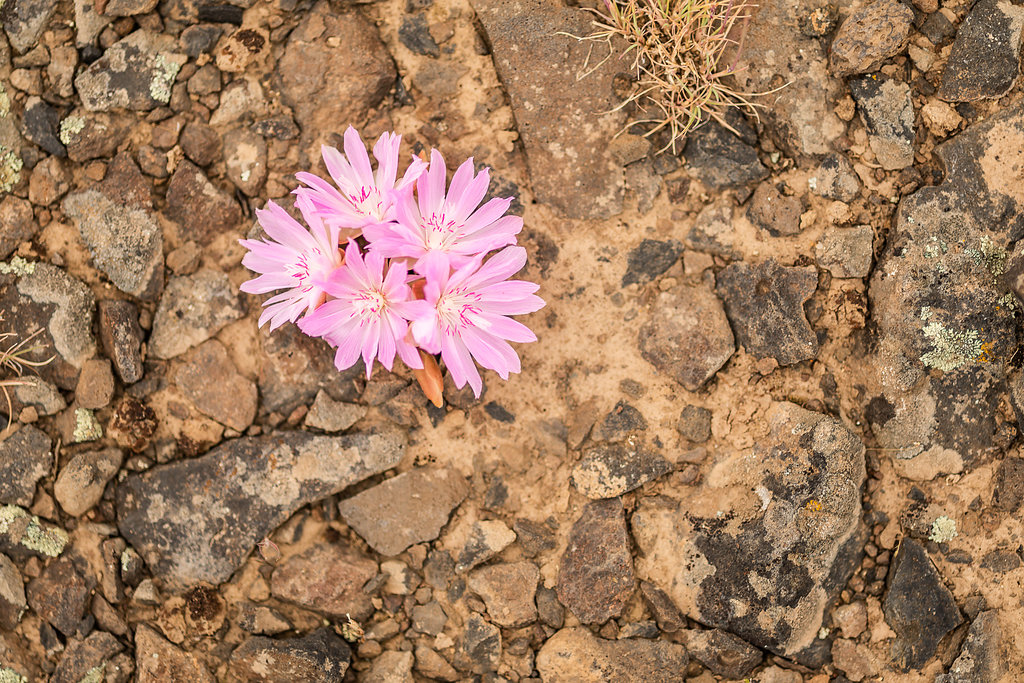
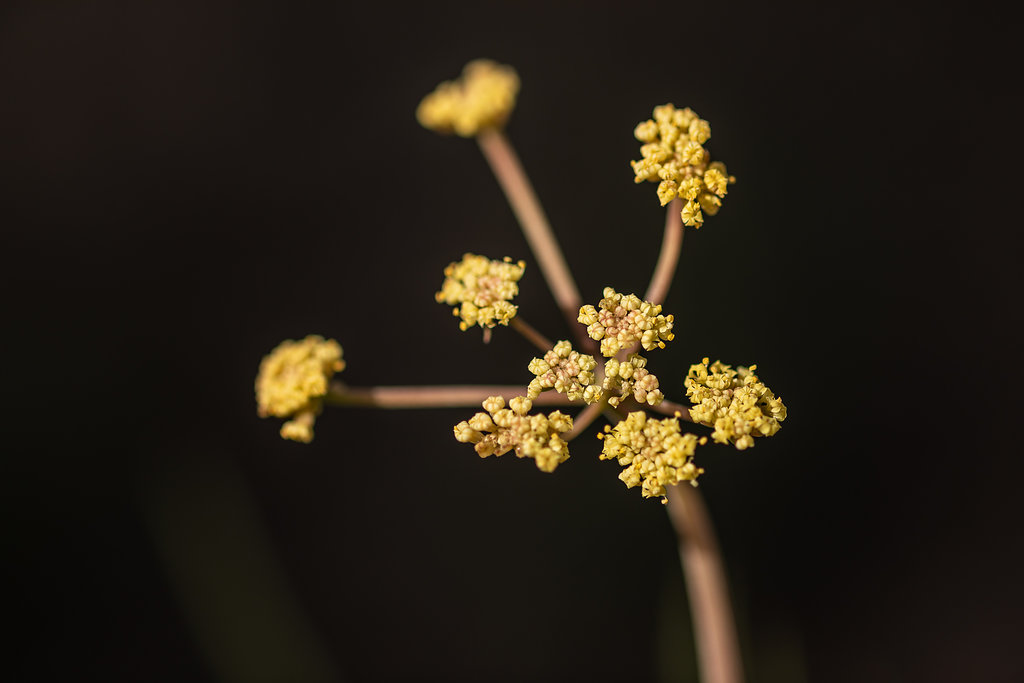

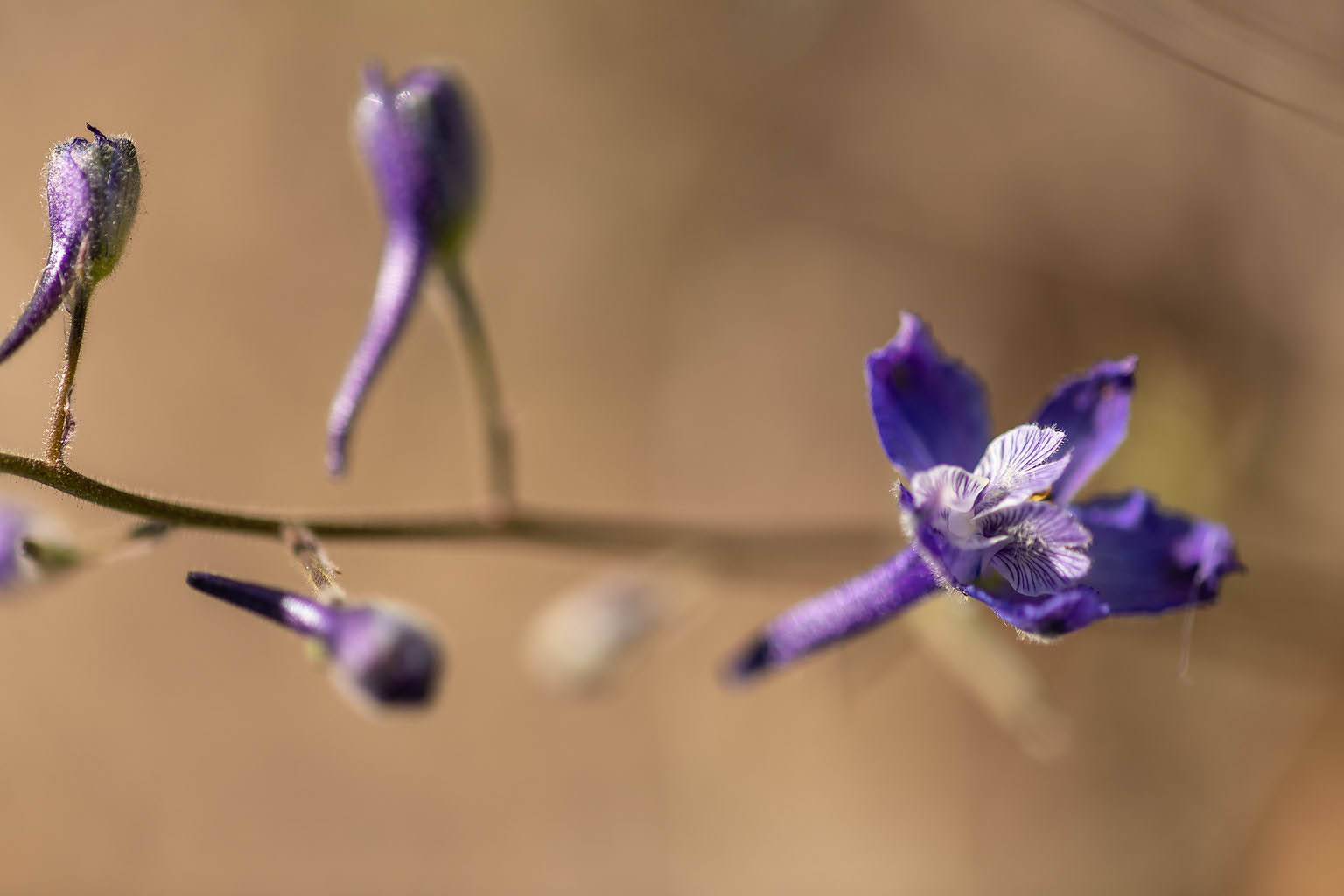
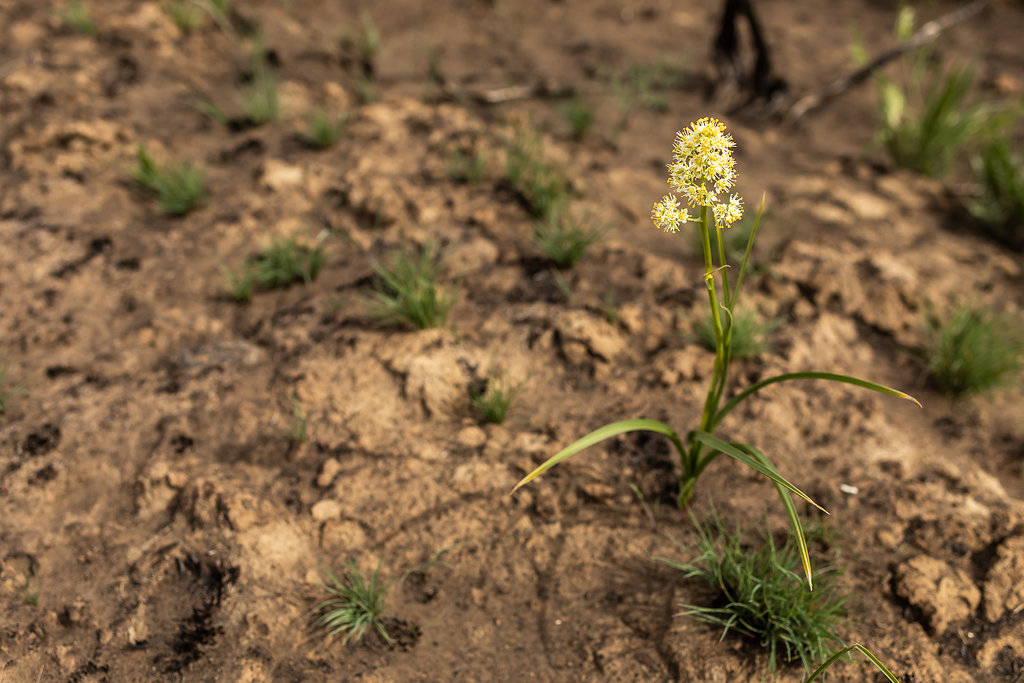
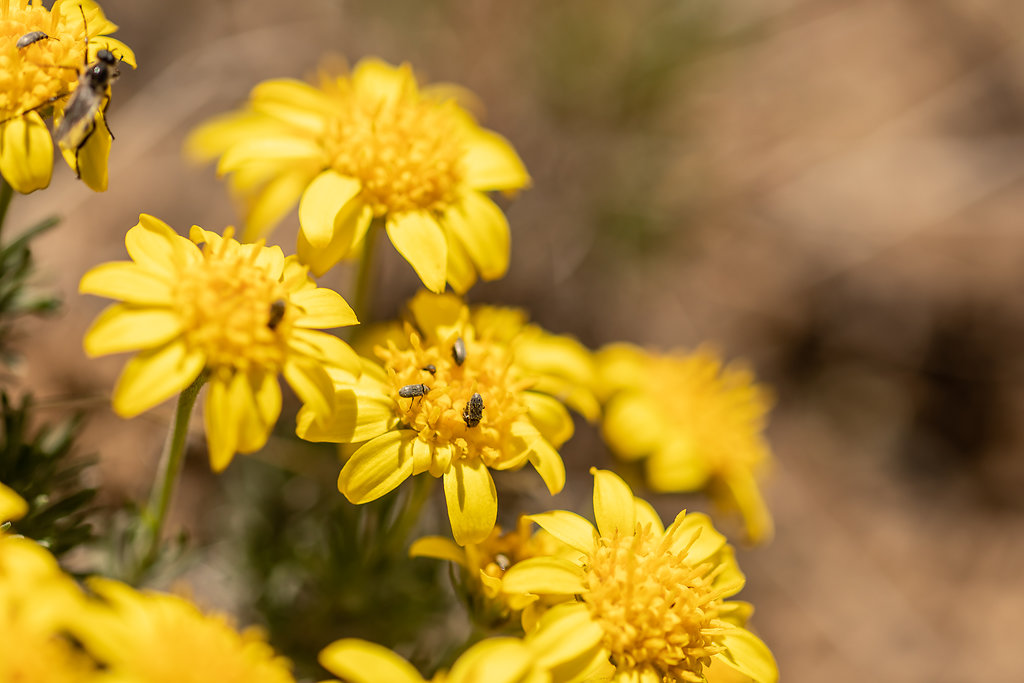

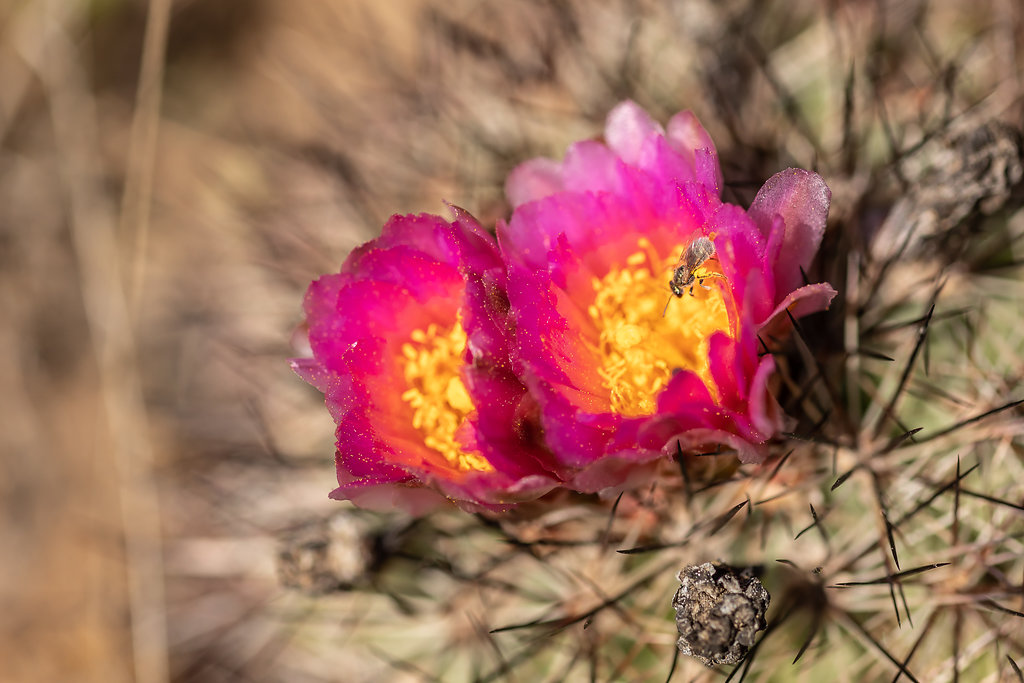
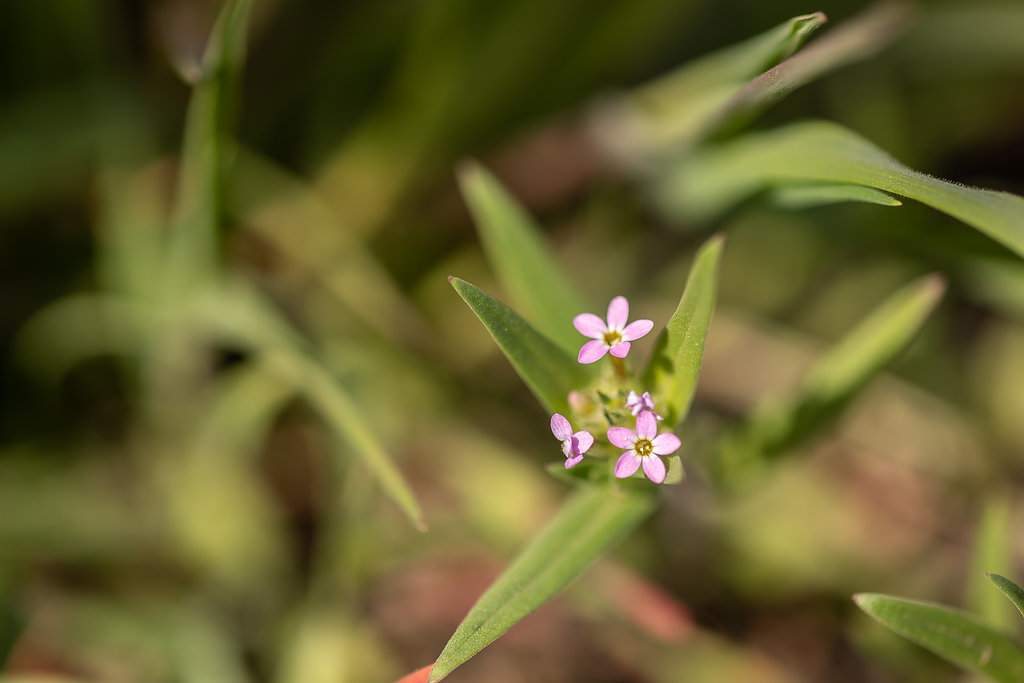
Gallery: Wildflowers of the shrubsteppe. Photos by Cameron Karsten.
There are sagebrush bonsai pruned and sculpted by the extremes, neon tapestries of lichen hanging from basalt galleries and the rosy anemones of the hedgehog cactus feeding during spring’s high tide. There are squadrons of quail sharing hunting traditions between a father and daughter, pygmy rabbit warrens sheltering sunbaked denizens and rocky clues whispering of the land’s ancestral inhabitants.
Individually, these subtle and scattered scenes may pale before more sensational backdrops like the Enchantments or Deception Pass. Yet for this observer, my growing collection of shrub-steppe vignettes is immeasurably moving. This of course is for the beauty, but even more for the demands of its discovery and the fewer eyes that have known it.
An Uncertain Future for Arid Lands
Rare admirers make for rarer advocates toward conserving these places. In the face of public apathy, how will these lands survive the reality of increased wildfire, over-intensive grazing and continued habitat fragmentation? How can any underdog landscape hope to endure our aesthetic bias or the tendency to love what we know and protect what we love?
As the days push further into summer, Sundays stand out here in Central Washington. Spurred on by weekly resource requirements, the great rubber-hoofed herds turn again toward their home ranges, stretching down highways to the horizon. Maybe you, too, will find yourself inching westward in the return migration. Where did your journey take you? Did you “get lost” within the Okanogan Highlands or discover a piece of Blue Mountain paradise? Perhaps along the way, you stopped to rest at a Columbia River overlook or picnicked in a coulee.
Did you get out, explore and lose a few hours as curiosity got the better of you? I hope you did, and I hope you found a reason to root for the underdog.





